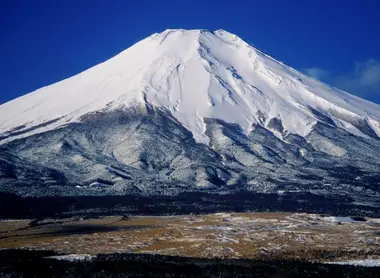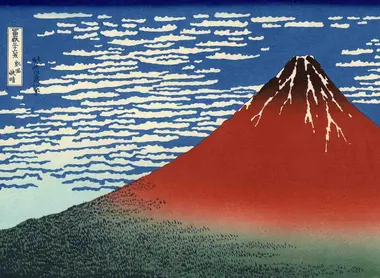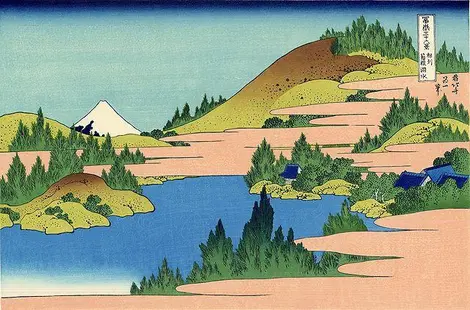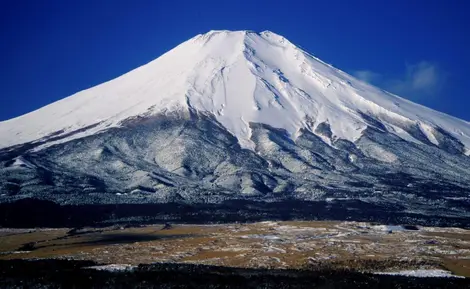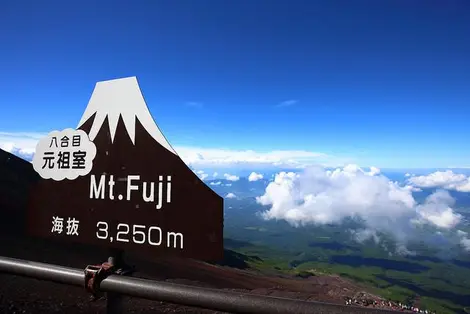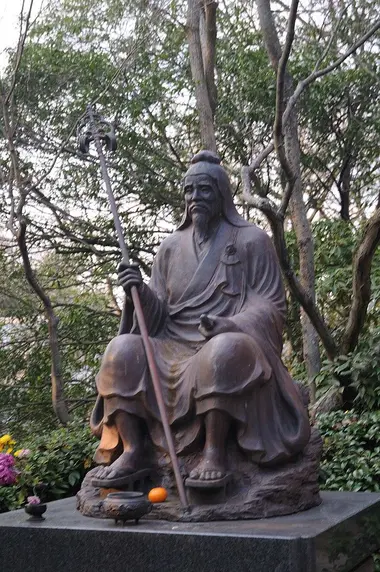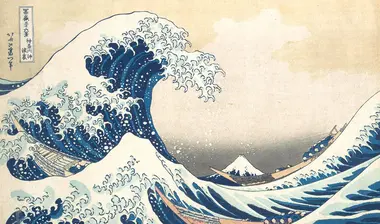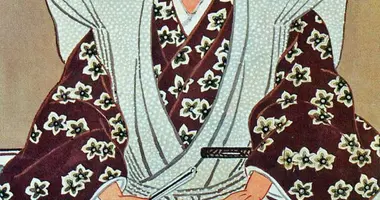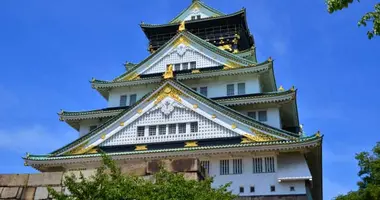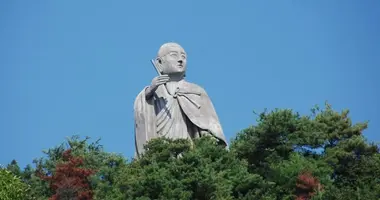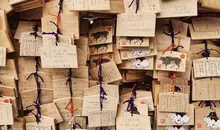Mount Fuji in History, Culture and Art 歴史、文化、芸術に富士山の影響
- Veröffentlicht am : 20/04/2020
- Von : S.R.
- Youtube
Une figure rayonnante
Le mont Fuji occupe une place particulière dans l'imaginaire japonais, autant pour la beauté singulière de ses pentes symétriques et de son cône enneigé que pour la très vieille activité religieuse qui s'y est développée.Cette importance s'est illustrée dans les nombreuses œuvres d'art qui, dès le XIXè siècle, avaient traversé la planète.
An Object Of Religious Worship
Mount Fuji has occupied a prominent place in Japanese religions since ancient times. The first ascent of Mount Fuji was thus, according to legend, made by En no Gyoja in 663, a monk who founded of the Shugendo sect. A temple dedicated to the fiery goddess was built there in 806, which feeds the theory that the name Fuji comes from the word ainu "fuchi", which means fire. During the Heian period (794-1185), the Court gave an honorary rank to the mountain in order to appease it, which was moreover venerated like Shingen Okami.
Read also: The Ainu of Japan
It was during this same period that the mountain became a center for Shugendo teaching and that the practice of ascension by ascetics developed, and even opened to laymen from the Muromachi period (1333-1573). This openness to ordinary Japanese was accentuated during the Edo period (1603-1868) with the creation of the Fuji-ko sect by Hasewaga Kakyugo, draining populations from the Kanto to the sacred mountain. A popularity which still cannot be denied today.
The Ubiquity Of Mount Fuji
The influence of Mount Fuji in Japanese arts and letters also goes back a long way. You can find a describtion written about the moutnain in the man'yoshu (-760) - the oldest compilation of Japanese poems composed between the 4th and 8th centuries. Mount Fuji is also mentioned in other classical writings as the Ise Monogatari, compound 9th century, or the Taketori Monagatari ( "The Tale of the Bamboo Cutter") dated 10th century. In modern times, both Natsume Soseki and Osamu Dazai used Mount Fuji as inspiration for their work.
It is in the graphic arts, and in particular through the print, that Mount Fuji best expresses the importance it has in the Japanese artistic imagination and where it acquired an international reputation. The most famous works are obviously those produced by Katsushika Hokusai (the thirty-six views of Mount Fuji, where we find, for example, the Great Wave of Kanagawa) or the five-three stations of Tokaido by Utagawa Hiroshige. A large number of more minor prints also took Mount Fuji as a subject, further increasing its status as an art figure.
Read also: Ukiyo-e, the art of Japanese printmaking
For further :

